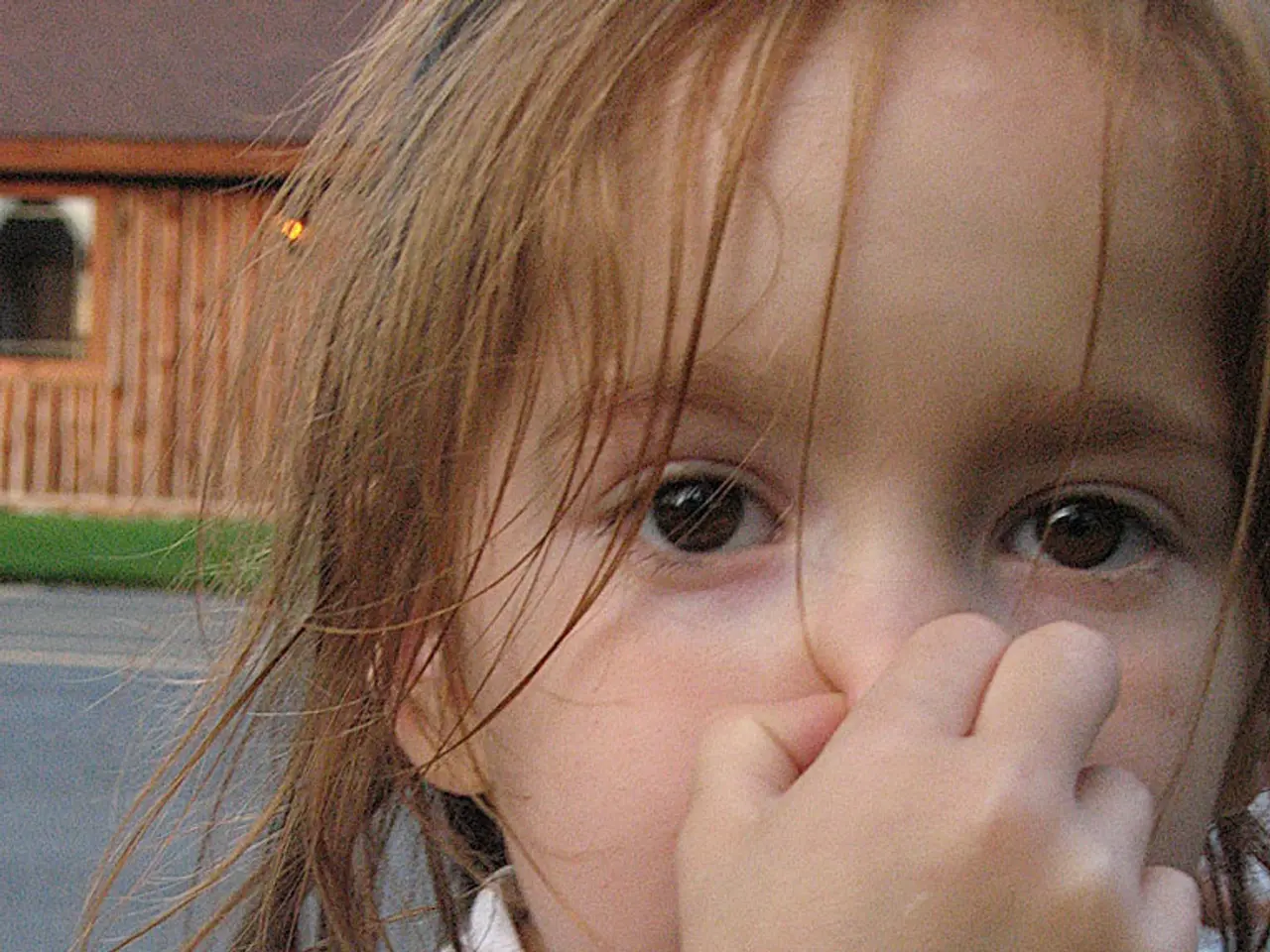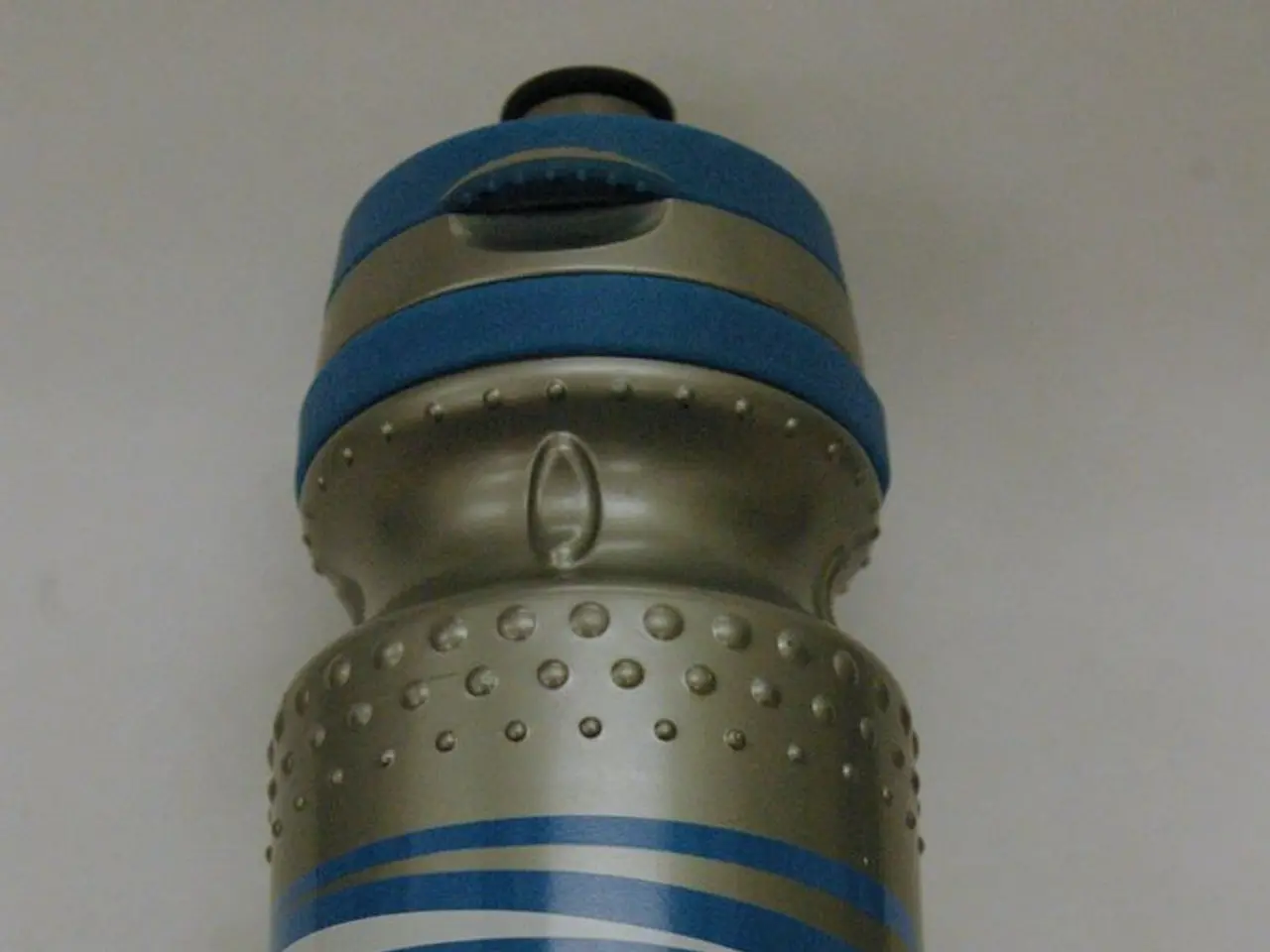Asthma in Childhood: Origin, Prognosis, and Further Details
Childhood asthma is a common chronic lung condition that affects many children worldwide. This condition can develop at any age, but it often begins in childhood, and most children with asthma will present symptoms before they turn 5.
Asthma attacks occur when the reaction to triggers is severe, and they can range from mild to life-threatening. These attacks can be provoked by a variety of factors, including respiratory infections, allergens, environmental irritants, physical activities, and sudden temperature changes.
Common triggers for childhood asthma include respiratory infections such as colds, flu, and COVID-19, allergens like pollen, pet dander, mold spores, and dust mites, as well as environmental irritants including cigarette smoke, strong cleaning sprays, air pollution, and sudden temperature changes. Physical factors such as exercise, emotional stress, and exposure to cold or dry air can also provoke asthma symptoms.
Diagnosing a child with asthma can be challenging due to the potential for long periods without symptoms and the difficulty in distinguishing it from other respiratory illnesses. Caregivers should pay attention to symptoms such as persistent coughing, wheezing, rapid breathing, chest tightness, fatigue, problems with feeding in infants, avoiding sporting or social events, difficulty sleeping due to coughing or breathing problems, and whether symptoms frequently recur and if they notice any patterns when symptoms do happen.
When symptoms of asthma become severe, a person may experience an asthma attack, which can require immediate medical attention. A doctor will ask about family history, perform a physical and medical exam, and may use tests to measure airflow in the lungs, perform skin or blood tests for allergies, or use other diagnostic methods to confirm the diagnosis.
Managing childhood asthma involves taking medication and avoiding triggers. Quick relief, or rescue, medications are used to quickly relieve symptoms during an asthma flare-up and include short-acting beta-agonists like albuterol and levalbuterol. Controller medications help prevent asthma attacks over time and include corticosteroids, combination inhalers containing corticosteroids and long-acting beta-agonists, anticholinergics, leukotriene inhibitors, and in some cases, biologics.
Following an appropriate asthma action plan, which often includes medication and lifestyle changes, can help children control their asthma symptoms. Risk factors for developing childhood asthma can include a family history of asthma, respiratory infections during infancy and childhood, allergies such as eczema or hay fever, having a parent that smoked during pregnancy, exposure to secondhand smoke, exposure to air pollution, obesity, and exposure to certain chemicals.
It's important to note that there is currently no cure for asthma, but it can be managed effectively. Children cannot outgrow asthma as it is a chronic condition that does not go away. However, with proper care and management, children with asthma can lead active and healthy lives. In 2019, research from the Centers for Disease Control and Prevention (CDC) indicated that approximately 1 in 12 children in the U.S. had asthma.
In conclusion, understanding childhood asthma is crucial for early detection, effective management, and preventing severe asthma attacks. By recognising common triggers, symptoms, and risk factors, caregivers can help children with asthma live healthier and more active lives.
- A naive approach to childhood asthma management could lead to overlooked symptoms and potentially severe asthma attacks.
- Despite having eosinophilic inflammation in their lungs, children with childhood asthma may go undiagnosed for extended periods due to the intermittent nature of the symptoms.
- In some cases, Pfizer's childhood asthma treatments, such as albuterol and corticosteroids, have proven effective in alleviating the symptoms of asthma in children, enhancing their health and wellness.
- The blocked airways caused by childhood asthma can exacerbate respiratory conditions, making it challenging for children to participate in everyday activities, from sports to social events.
- Prompt medical attention is crucial during asthma attacks as inadequate treatment could result in symptoms becoming chronic, leading to complications associated with chronic diseases.
- Mental health is an overlooked aspect of managing childhood asthma, as ongoing respiratory conditions can potentially impact a child's mental wellbeing and their ability to cope with the condition.
- It's essential for caregivers to understand the connection between medical-conditions such as childhood asthma, respiratory-conditions, and chronic diseases, to provide proper support for children's health and overall wellness.




